I am currently reading in an excel sheet of data. In the original file the DOB column is formatted like [20050506]. I would like to change the format of this column to [2005-May-06].

I am semi-successful doing this with the code below:

We can see that it does not like the date formatted underlined in the red...
How can I default any date that only has a year specified [i.e 20060000 -> 2006-00-00] to be defaulted to [i.e 20060101 -> 2006-Jan-01]?